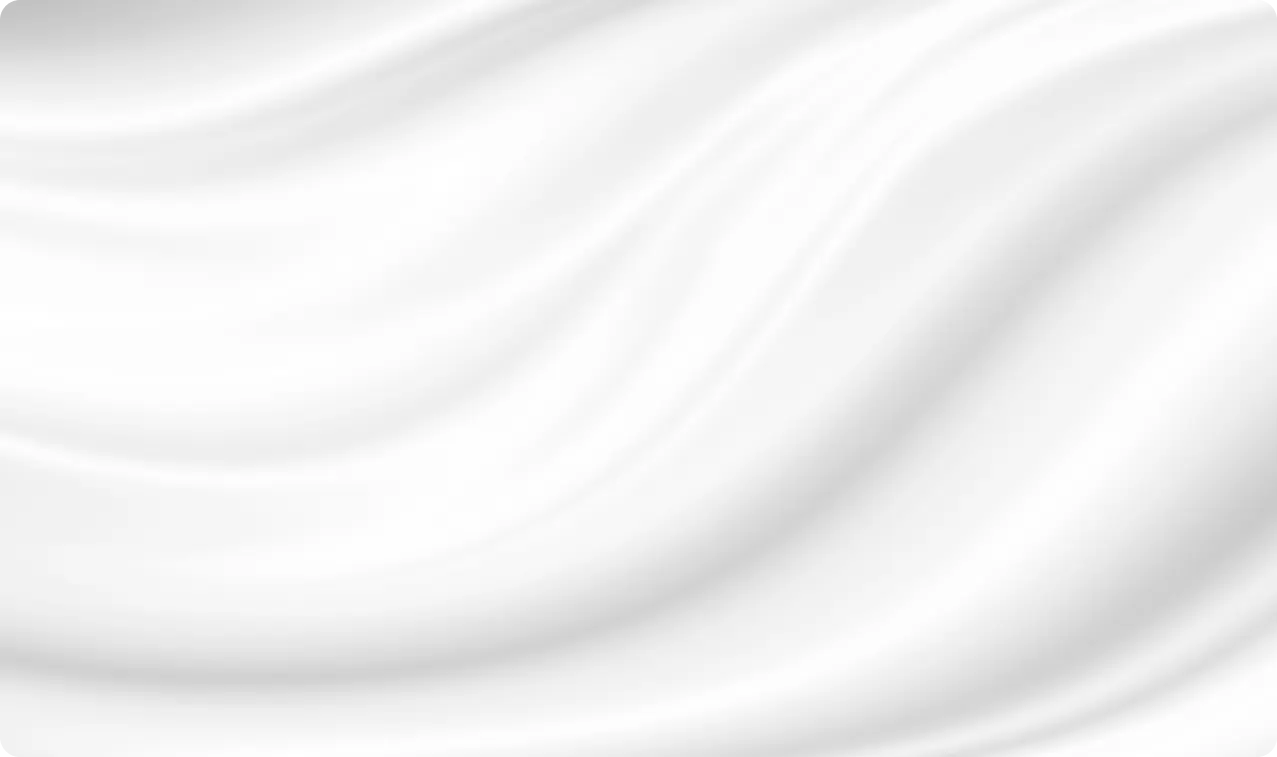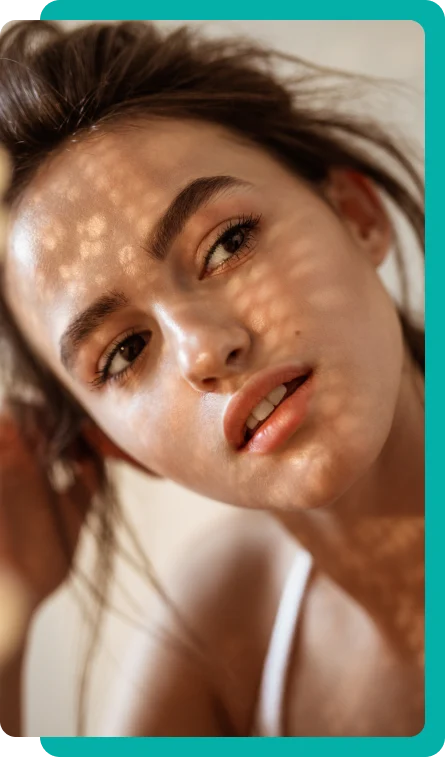For Patients
About
For Providers
Locations
Blog
Contact
Menu
For a lot of patients, getting older means losing volume in the cheek and under eye area. This then leads to wrinkles, fine lines, dark circles, and thinning skin. That said, cheek and tear trough fillers are possible solutions to these cosmetic flaws that typically come with age.
So what’s the difference between cheek and tear trough fillers? Both procedures share a lot of similarities such as volumizing and rejuvenation capabilities. However, they mainly differ in terms of injection technique and longevity. A tear trough filler is usually injected on a superficial plane and can last for about a year. On the other hand, a cheek filler can be injected more deeply into the skin, and some brands can last for about 2 years.

The tear trough and eyelid-cheek junction are common areas for injectable dermal filler to be applied and to give a patient a more defined and youthful contour. These are particularly delicate areas that require precision, careful hands, and the expertise of a skilled cosmetic provider.
Being slow and steady is key to a successful filler procedure. Patients need to understand that facial anatomy is complex. If you want your tear troughs filled, your doctor needs to consider the cheeks – and vice versa. In other words, the transition between the 2 regions should appear smooth and natural.
| Tear trough filler | Cheek filler | |
| Injection area | Tear trough refers to the hollow area under the eyes where dark eye bags lie. | The cheeks are prominent areas located on either side of the midface. |
| Type of filler | The main ingredient of this under eye filler is hyaluronic acid, a naturally-occurring substance that provides lasting hydration for the skin. | While most cheek fillers are also made up of hyaluronic acid, there are other options such as calcium hydroxyapatite and PMMA that provide longer-lasting results. |
| Injection technique | The tear trough is a very thin and delicate area. We recommend injecting the filler superficially to avoid lumps and bumps. | For a more pronounced volumizing effect, the filler may be injected more deeply into the cheek tissue. Remember to be precise and careful. |
| Results | Tear trough fillers usually have more subtle results that last for 6 to 12 months. Patients don’t typically want a dramatic change in this area. | Make sure that you and your doctor are aligned with your expectations. Tell them if you just want a subtle lift or a significant plump to your cheeks. Cheek filler can last longer than a tear trough treatment. Depending on the type of filler, it may take up to 2 years or more. |
| Side effects | Given, the tear trough area is much more delicate and closer to the eye, this type of filler has more inherent risks. An inexperienced doctor using improper injection techniques could cause complications such as uneven application and filler migration. | Too much filler can lead to an overfilled or “chipmunk” appearance. This can be avoided by using the right amount of filler and proper filler techniques. |
Before your procedure, make sure to consult with a trusted doctor to go over your expectations and goals. They will look at your face, assess the condition of your skin, as well as gauge your body’s readiness for a cheek and tear trough filler treatment. You should also be honest about whether you have allergies or autoimmune conditions, and if you’re taking medications and supplements. Some things to keep in mind before your filler injection:
To lessen the pain during the filler procedure, a topical numbing lotion may be administered to the treatment area. The tear trough and/or cheek filler will then be injected into the target areas by the medical practitioner using a fine needle.
At Dr. Lanna Aesthetics, we use Restylane Lyft, Restylane Contour, and Juvederm Voluma for our patients. When necessary, our experienced dermatologists may opt to use a cannula – which is a thin, flexible tube – to make sure that the filler spreads evenly and to lower the risk of bruising and swelling.
After undergoing a cheek and/or tear trough correction procedure, expect immediate changes to your face and potential minor side effects. Make sure to follow your cosmetic provider’s aftercare instructions and report any unusual reactions immediately.
You will most likely be advised to take a short break from strenuous exercise (like heavy lifting and long runs) and excessive heat exposure (such as swimming, saunas, and hot tubs), so schedule your treatment during a time when you won’t have difficulty avoiding these activities.
In the same vein as your pre-procedure instructions, abstain from alcohol and blood-thinning medications (e.g., aspirin, ibuprofen) for a few days as these can exacerbate bruising and bleeding.
The longevity of the recovery period following cheek and tear trough fillers varies depending on the patient, the filler used, and the injection technique of the doctor. We recommend scheduling follow-ups or touch-up sessions with your doctor to address your concerns, as well as any possible underlying issues with your filler.
If anything, your dedication to proper aftercare and open communication with your doctor is key to long-lasting, natural-looking results. Although cheek and tear trough fillers require minimal downtime, you still need to look after your long-term health in order to avoid major complications and the filler migrating to other parts of the face.
Like any cosmetic procedure, cheek and tear trough fillers come with potential side effects. The most common ones include bruising, swelling, and redness which should subside within a week. These could also be covered up by make-up.
Some major, although very rare, side effects are infections, allergic reactions, and nerve damage. You might also experience possible complications 2 weeks after your procedure. If any of these major side effects occur, consult your doctor immediately.
Keep in mind that you should not have a tear trough or cheek filler treatment if you have alcohol in your system, are currently pregnant and/or breastfeeding, and if you have an active infection at the injection site.

Cheek and tear trough fillers are effective cosmetic procedures for addressing signs of aging such as hollowness. The former has more active ingredient options that maximize longevity, while the latter mainly use hyaluronic acid as the skin around the eyes is very thin and delicate.
The best way to determine which filler treatment is best for your aesthetic goals is to book a consultation with one of the doctors at Dr. Lanna Aesthetics. Our FDA-approved filler procedures are low-risk and have minimal downtime. We will also work closely with you to develop a personalized treatment plan aligned with your goals and needs. Request an appointment today.

Join Dr. Lanna & Dr. Doshi for a Transformation
Unlock the possibilities with our certified facial and oculofacial plastic surgeries. Attend our free webinar to find out how we can tailor solutions for you, with financing available to fit your budget.
